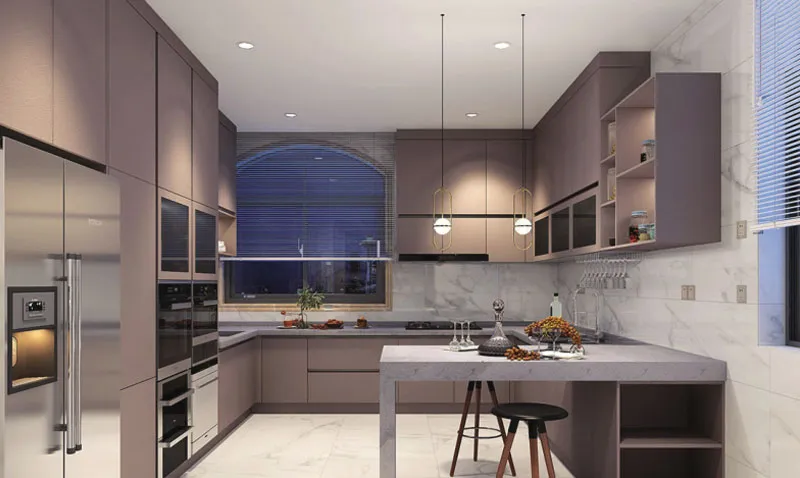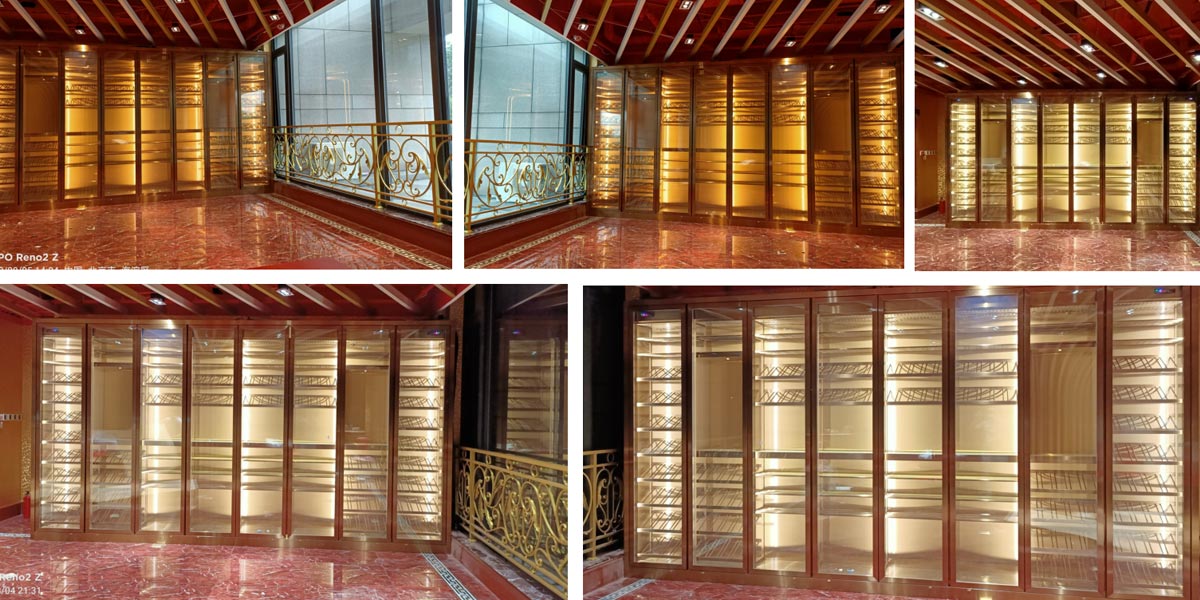Stainless Steel Wine Cabinets: Applications in Homes and Businesses
Stainless steel wine cabinets have become increasingly popular in both residential and commercial settings due to their durability, aesthetic appeal, and functionality. These cabinets not only provide an optimal environment for wine storage but also enhance the overall design and ambiance of any space.
Applications in Residential Settings
1. Home Wine Cellars and Tasting Rooms
Stainless steel wine cabinets are ideal for home wine cellars and dedicated tasting areas. They offer a sleek, modern appearance that complements contemporary interior design trends while providing the necessary climate control to preserve wine quality. Customizable options allow homeowners to tailor the cabinets to fit their specific needs, whether it's a compact unit for a small collection or a large installation for an extensive wine library.
2. Integrated Kitchen and Dining Spaces
In modern homes, stainless steel wine cabinets are often integrated into kitchen and dining areas. These units can be seamlessly incorporated into existing cabinetry, creating a polished and cohesive look. Freestanding models offer flexibility in placement, allowing homeowners to position the cabinet where it will have the most impact. The convenience of having wine readily accessible in the main living areas enhances the overall dining experience.
3. Wall-Mounted Solutions
Wall-mounted stainless steel wine cabinets are gaining popularity in residential settings. They save floor space and create a visually striking appearance, making them perfect for apartments or homes with limited space. These cabinets can also serve as decorative elements, showcasing wine collections as part of the home's decor.
Applications in Commercial Settings
1. Restaurants and Bars
In the hospitality industry, stainless steel wine cabinets are essential for displaying and storing wine professionally and elegantly. They are commonly found in restaurant dining areas, bars, and hotel lounges, where they enhance the ambiance and provide a sophisticated touch. Customizable designs allow businesses to create unique wine displays that align with their brand identity and interior design.
2. Wine Stores and Retail Outlets
For wine retailers, stainless steel wine cabinets offer an effective way to showcase products and attract customers. These cabinets can be designed with multiple compartments to organize different types of wine, making it easier for customers to browse and select their preferred bottles. The modern appearance of stainless steel also adds a premium feel to the retail environment.
3. Hotels and Hospitality
Hotels often use stainless steel wine cabinets in their bars, minibars, and common areas. These cabinets not only store wine but also serve as decorative elements, enhancing the overall aesthetic of the space. Customizable options allow hotels to create wine displays that match their interior design and provide a unique experience for guests.
Design and Functionality
1. Customization
One of the key advantages of stainless steel wine cabinets is their customization potential. Homeowners and business owners can specify dimensions, storage capacities, and design elements to fit their unique spaces and requirements. Customizable finishes, such as brushed, mirrored, or wire-brushed stainless steel, further enhance the aesthetic appeal of these cabinets.
2. Climate Control
Many stainless steel wine cabinets come equipped with advanced temperature and humidity control systems. These features ensure optimal storage conditions for wine, preserving its quality and flavor profile. Smart technology integrations, such as mobile app control and inventory management systems, provide added convenience and enhance the user experience.
Market Trends
1. Sustainability
There is a growing trend towards sustainability in the wine cabinet market. Manufacturers are using eco-friendly materials, such as recycled stainless steel, to align with consumer preferences for environmentally conscious products. This shift towards sustainability not only benefits the environment but also appeals to a growing number of eco-conscious consumers.
2. Integration of Smart Technology
Smart technology is becoming increasingly common in stainless steel wine cabinets. Features such as temperature and humidity sensors, mobile app control, and inventory management systems provide convenience and enhance the overall user experience. These advancements make it easier for wine enthusiasts and businesses to manage their collections and ensure optimal storage conditions.
3. Artistic and Collaborative Designs
Manufacturers are collaborating with artists and designers to create unique and artistic wine cabinet designs. These limited-edition pieces appeal to wine enthusiasts seeking exclusive and distinctive storage solutions. The integration of sustainable materials, such as bamboo or cork, further enhances the aesthetic appeal and eco-friendliness of these cabinets.
Stainless steel wine cabinet manufacturers offer a versatile and stylish solution for wine storage in both residential and commercial settings. Their durability, aesthetic appeal, and customizable features make them an ideal choice for wine enthusiasts and businesses alike. As the market continues to evolve, we can expect to see more innovative designs, technological advancements, and sustainable practices in the production of stainless steel wine cabinets. Whether used to enhance a home's decor or to create a sophisticated ambiance in a commercial space, these cabinets provide both functionality and elegance, making them a valuable addition to any wine collection.
Hot News
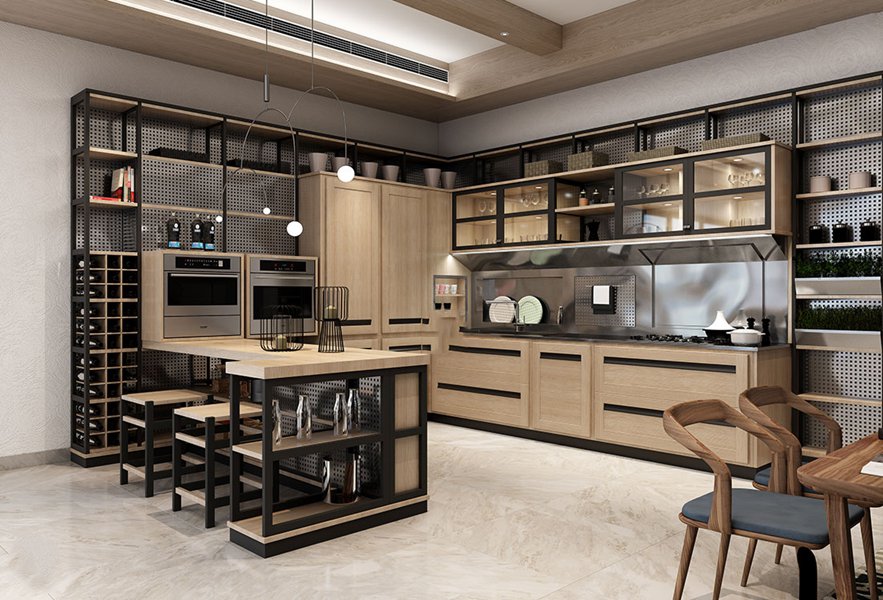
Best Outdoor Stainless Steel Cabinets: Features, Prices, and Buying Tips
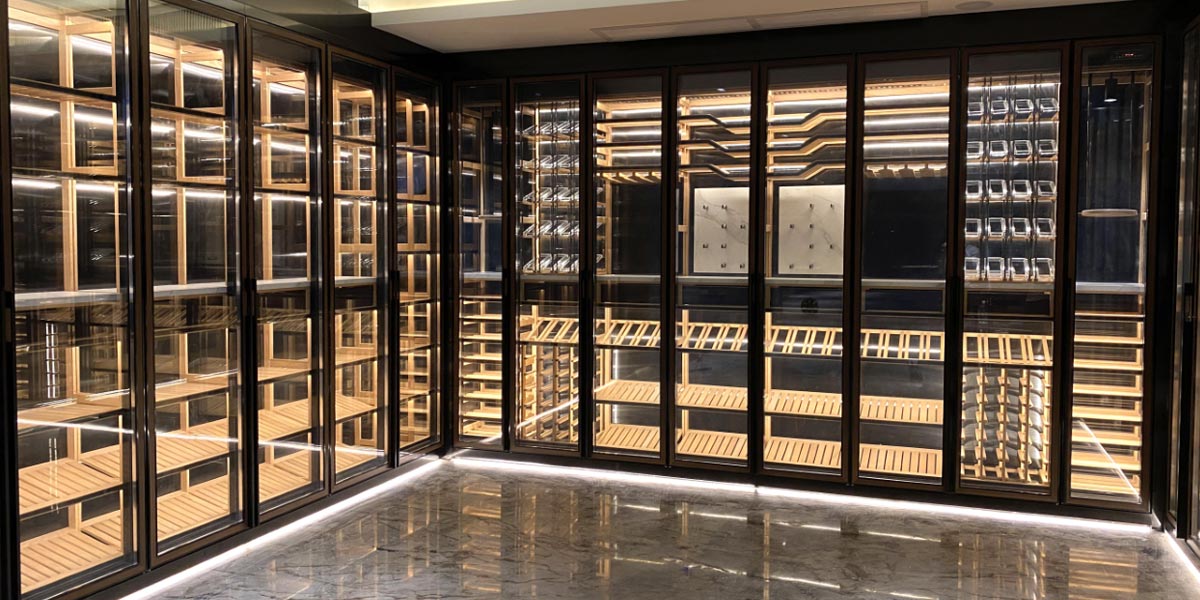
Built-in vs. Freestanding Stainless Steel Wine Cabinets
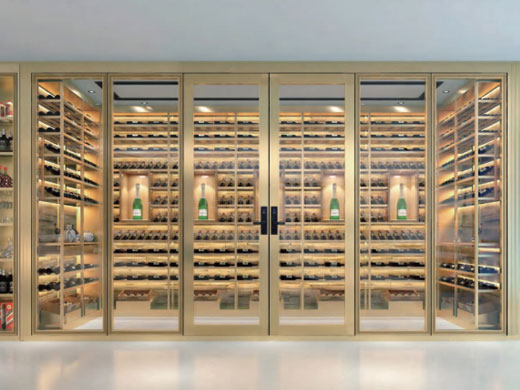
Stainless Steel Wine Cabinet: Ultimate Guide for Modern Wine Storage
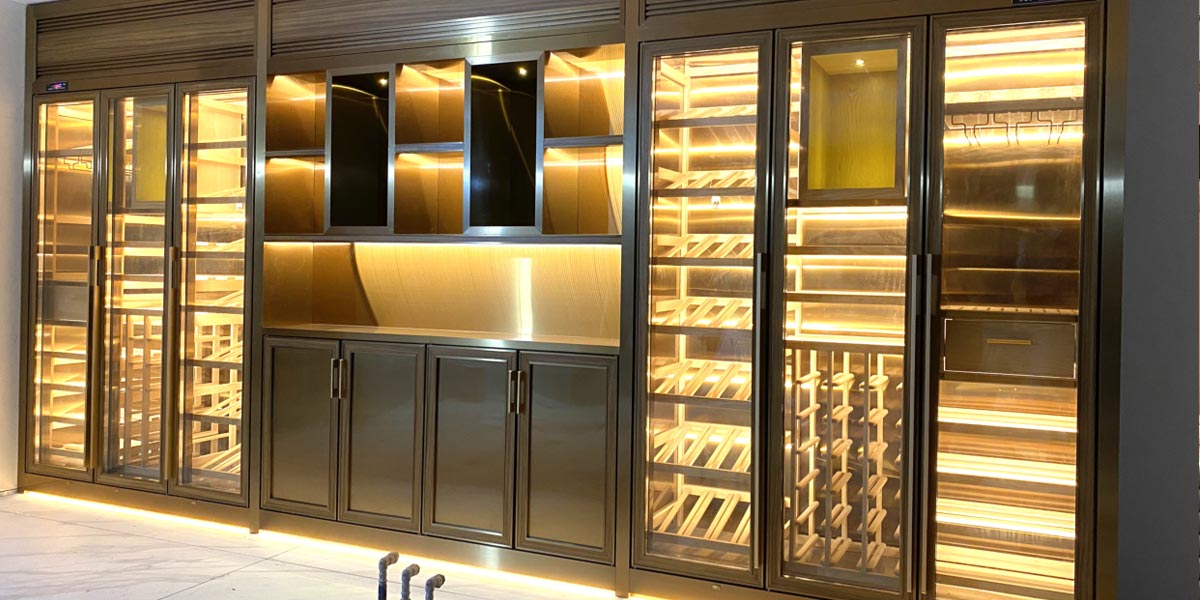
How to Choose the Right Stainless Steel Wine Cabinet: A Complete Buyer’s Guide
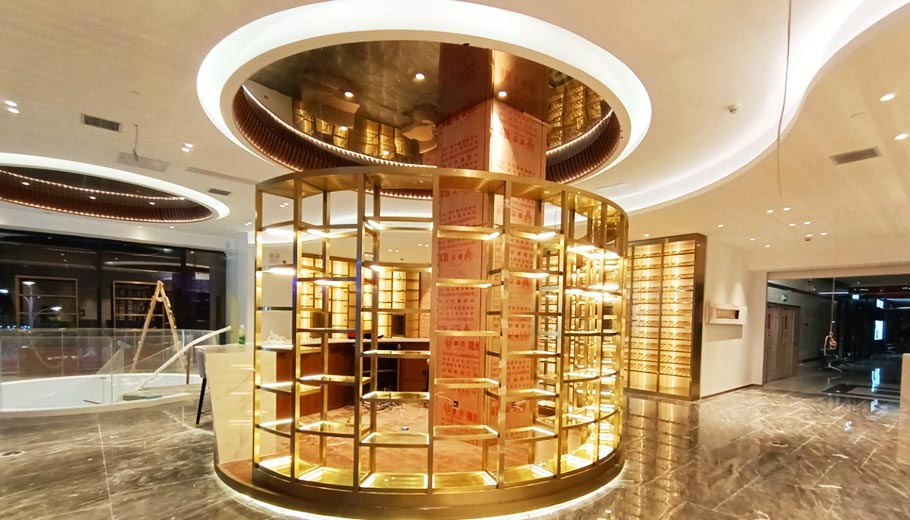
What Size Stainless Steel Wine Cabinet Do You Need?
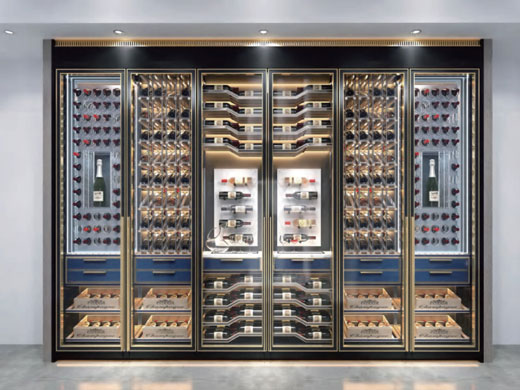
Single-Zone vs. Dual-Zone Stainless Steel Wine Cabinets: Which One Should You Choose?
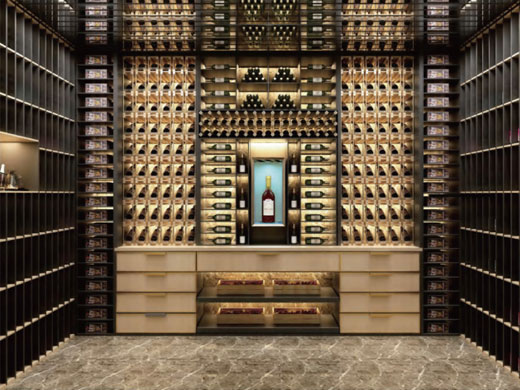
Best Commercial Stainless Steel Wine Cabinets for Bars & Restaurants







